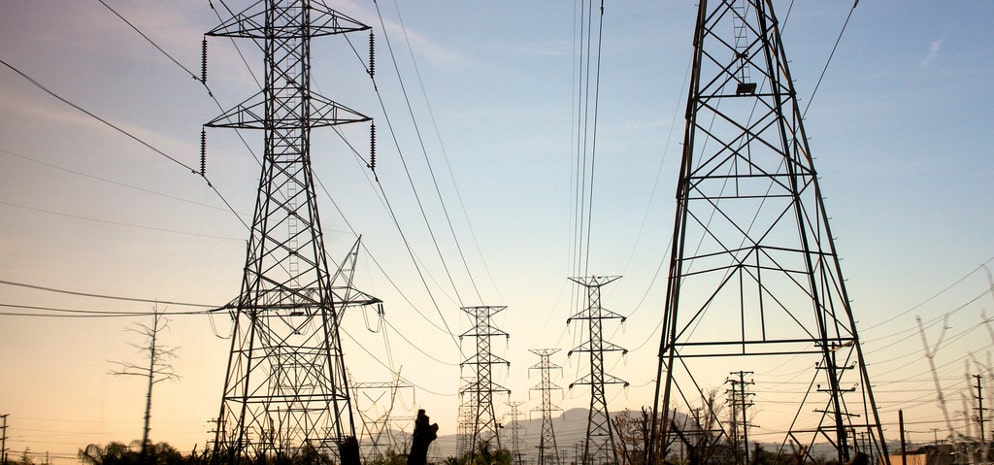
By Kaceyageorge - Own work, CC BY-SA 4.0, https://commons.wikimedia.org/w/index.php?curid=43634098
The Midcontinent Independent Service Operator (MISO), a regional grid operator which covers covers 15 U.S. states and the Canadian province ofMiManitoba, recently announced a Renewable Energy Impact Assessment to gauge the growth of solar, wind and related forms of technologies to their vast network of utilities and transmission lines. MISO has over 174 GW of generating capacity, of which 13% is renewable based, and mostly wind. While solar is relatively small in the portfolio, it’s expected to grow by gigawatts in the coming years, dynamically changing the region’s power profile.
These are touchy times for studies concerning the role of solar power on the grid, as the Trump Administration’s preference for coal and use of energy mythology has created a politicized atmosphere. The most striking example has been the ongoing U.S. Department of Energy study where Energy Secretary Rick Perry tipped his hand by alleging that heavy use of renewable energy may endanger the “national security” aspect of the electric grid. In addition, the newly installed chair of the Federal Energy Regulatory Commission, Neil Chatterjee has hinted at additional support for “baseload” coal and nuclear power plants.
Whether in direct response or not to these concerns, MISO emphasized its goals in the assessment overview that “This is a technical impact assessment. Nothing will be built or changed as a direct result of this effort. It is intended to provide information to shape future discussions,” and that it will ”provide technically rigorous, concrete examples of integration issues and examine potential solutions to mitigate them”. One of the primary goals of the study is to determine the “inflection points”, or the instance of significant in a situation, such as looking at the impact of renewable energy growth in the MISO system in ten per cent increments.
What would be possible conclusions in an objective study given the emergence of new technologies? One can look at the New York Independent System Operator (NYISO) 2016 study “Solar Impact on Grid Operations – An Initial Assessment” as an example. This report notes that New York State has a technical potential of 46.4 GW of rooftop solar, capable of generating 55.3 terawatt hours per year, or 37% of the state’s electricity. However, at present the state’s bulk power system can “reliably handle” a penetration of only 4.5 GW.
Improvements called for in the report included the need for NYISO to institute “control room” real time and day ahead forecasts of solar PV output, including behind the meter generation, as soon as possible. There is also a need to improve the “ride through” requirement for solar, the capability to stay connected in short periods of lower electric network voltage and frequency.
Some improvements may be more for utility business models and regulations instead of technology. For example, a YaleEnvironment360 article noted that electric batteries are excluded from MISO market consideration because they’re not listed in the same category as governors which modulate electricity transmission from coal power plants, though they would do as good, if not a better, job.
MISO’s first steps in this multi-year study is to provide a proposed scope in September, and then conduct meetings with various interested stake holder groups.
This content is protected by copyright and may not be reused. If you want to cooperate with us and would like to reuse some of our content, please contact: editors@pv-magazine.com.








By submitting this form you agree to pv magazine using your data for the purposes of publishing your comment.
Your personal data will only be disclosed or otherwise transmitted to third parties for the purposes of spam filtering or if this is necessary for technical maintenance of the website. Any other transfer to third parties will not take place unless this is justified on the basis of applicable data protection regulations or if pv magazine is legally obliged to do so.
You may revoke this consent at any time with effect for the future, in which case your personal data will be deleted immediately. Otherwise, your data will be deleted if pv magazine has processed your request or the purpose of data storage is fulfilled.
Further information on data privacy can be found in our Data Protection Policy.